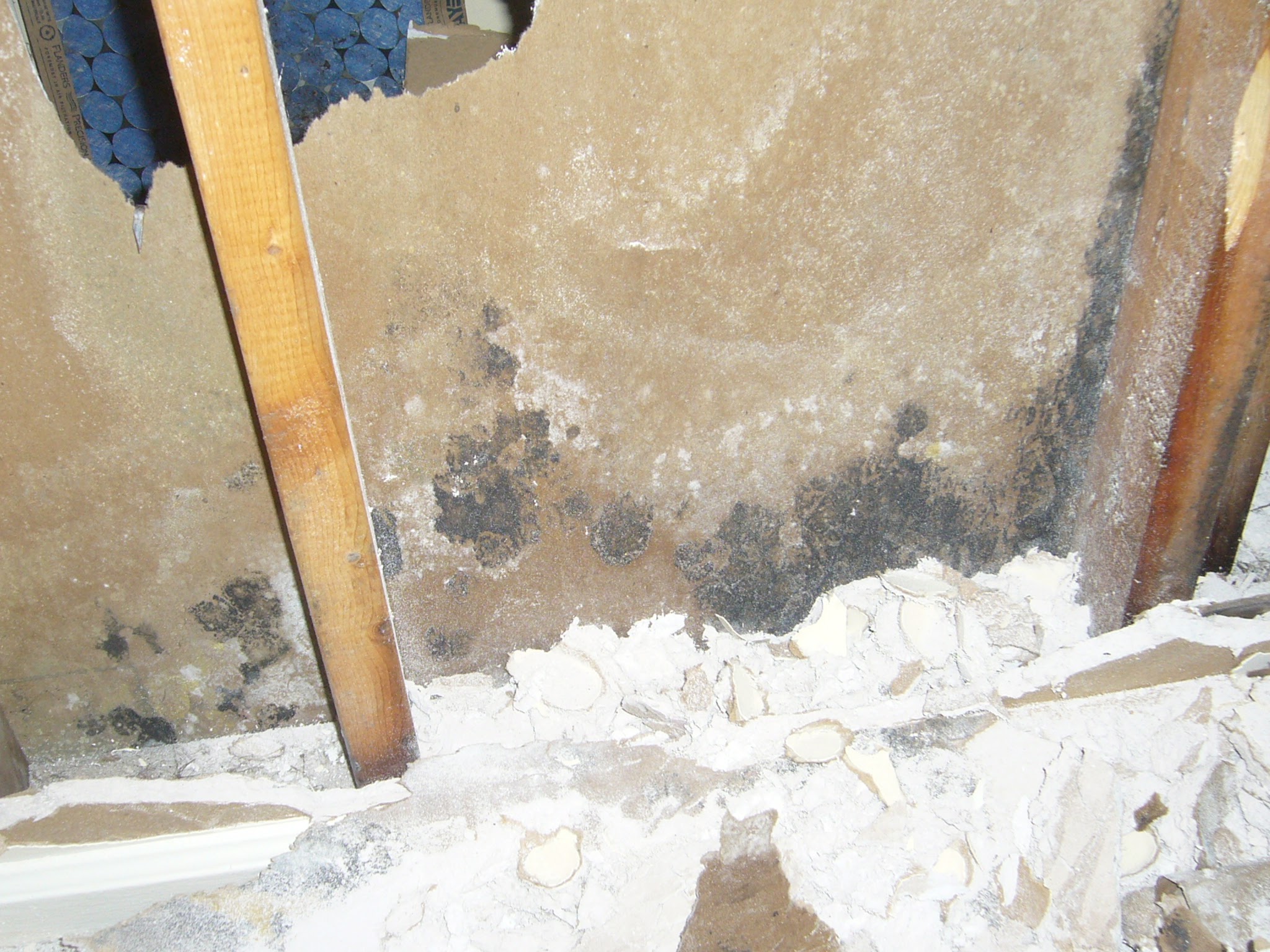How to Help Prevent Water Damage in Your Bathroom
How to Help Prevent Water Damage in Your Bathroom
Blog Article
Just about everyone has got their own perception when it comes to Looking for Signs of Water Damage in the Bathroom.

The restroom is exceptionally vulnerable for damp buildup and prospective water damage as a result of the frequent use of water in it. This post uses basic examination techniques to help discovering water damages threats.
The frequent use of water in the shower room makes it exceptionally at risk for wet accumulation and prospective water damage. By checking it on a regular basis, you can lower water relevant damages.
The following set of assessments is simple to execute and also need to be done once in every three months in order to keep your restroom in good shape as well as to avoid prospective water problems brought on by the bath tub, the shower, pipeline joints and also plumbing, sinks, closets, and also the commode
Do not neglect performing these inspections and also be detailed while executing them. Keep in mind that these simple inspections can save you a great deal of cash by giving early indications for water damage
Bathtub and Shower
The shower and also bath tub call for unique interest as well as maintenance. Inspect the tiles and change if split. Make certain that there is no missing grout between the tiles. Evaluate and also change split caulking at joints where the walls meet the floor or the bath tub. Blocked drains and pipes troubles will certainly stop the tub from drying and might show serious troubles underneath the bathtub. Consult with a professional immediately to stop architectural damage. Pay attention to stainings or soft areas around the bathtub wall surfaces as they may indicate an inner leakage.
Plumbing
Signs for water damage are tough to find considering that many pipelines are mounted inside the walls.
Pay unique interest to flooring and also wall surfaces moisture and also spots as they may show an undetectable plumbing problem. Examine wetness levels in adjacent rooms too.
Sinks as well as Cabinets
Sinks and cupboards are exposed to dampness as well as moisture everyday and are usually neglected. Inspect on a regular basis under the sink and on the kitchen counter above it. Fix any drip in the catch as it may recommend drain issues. Take a look around the sink, slow-moving draining pipes might indicate an obstructed drain. Change sink seals if they are cracked or loosened.
The Toilet
The bathroom is an at risk water junction. Examine the water lines and look for leaks around the bathroom seat, in the tube, as well as under the water container. If you spot any kind of signs of wetness on the flooring around the toilet, look for leaks in the toilet rim and also tank seals.
Know that hanging commode bowl antiperspirants increases the possibilities for obstructions.
10 TIPS TO PREVENT WATER DAMAGE IN THE BATHROOM
The average household uses approximately 80-100 gallons of water per person per day. For a family of 4, that's almost 2,500 gallons of water a week! The largest portion of this consumption comes from bathroom use. Flushing the toilet uses the most water, followed by taking a shower or bath. With that much water running through the home, water damage in the bathroom is bound to happen. Knowing how to spot signs of a water leak is essential to preventing long-term damage. This guide provides you with tips to reduce the impact of water damage on your bathroom.
CAUSES OF BATHROOM WATER DAMAGE
Pipe breaks are the most common cause of water damage we see in our daily jobs. The age of a pipe plays a large role in a pipe break as well as corrosion. Over time, the metal begins to break down, allowing water to escape. Frozen pipe breaks are also a concern in the winter months. Toilet overflows caused by paper products or children flushing inappropriate items. Degraded caulking around the toilet or bathtub can allow water seepage, sometimes behind the fixture, into the subfloor or walls. Condensation forms when the water in a pipe is cooler than the air temperature. Beads of water form on the exterior of the pipes, sometimes so much so that the water begins to drip and pool below. Sink or shower backups created by poor drainage. HOW TO PREVENT WATER DAMAGE IN YOUR BATHROOM
Inspect your toilet supply line for worn or frayed hoses and replace them as needed. Winterize your plumbing to prevent a frozen pipe break. Use vent fans to prevent condensation that can lead to mold growth. Routinely check and replace degraded caulking around your toilet or bathtub. Increase the temperature in your toilet tank and insulate your pipes during the warm summer months to keep condensation from forming. Use child safety locks on the toilets. Flush only toilet paper. "Flushable" wet wipes are actually not good for your plumbing system. Additionally, feminine hygiene products should not be flushed. Prevent water from escaping the tub or shower. Make sure shower curtains are in good condition. Inspect shower doors and replace the seal strip if necessary. Wipe up any water that accumulates on the floor and use bath mats. Water left to sit can cause damage to the tiles and flooring. Refrain from using bath products containing heavy oils to avoid a clogged drain.

We had been shown that editorial about How to Repair and Prevent Bathroom Water Damage from someone on another web page. I beg you set aside a second to share this article if you appreciated it. We take joy in reading our article about Common Causes of Water Damage in a Bathroom.
Get Quote Report this page